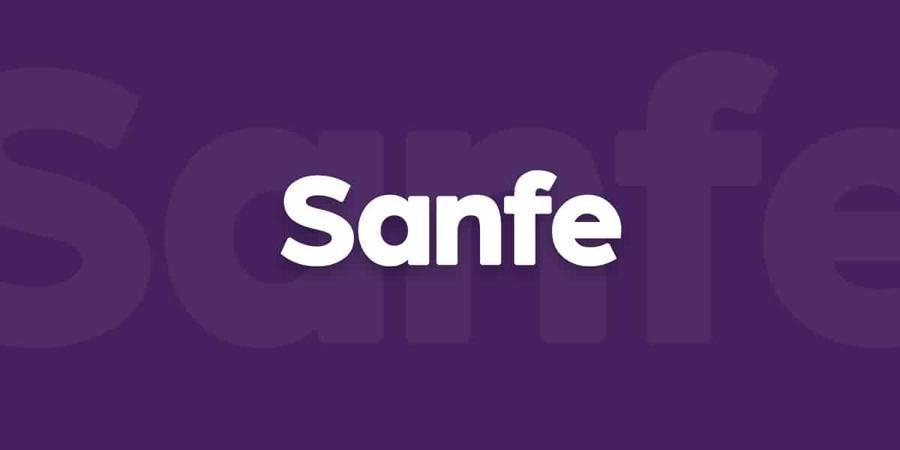The American Chamber of Commerce in India (Amcham) recommended in September that the Indian government move away from licensing spectrum in an ‘oligopolistic market’ by providing spectrum to provide access to benefit the public “instead of concentrating power in a few hands,” in a filing to the Department of Telecommunications obtained by Entrackr under the RTI Act.
The filing was in response to a consultation by the DoT on creating a new legislative framework for telecommunications in India. The draft telecom bill followed after this consultation, and a separate consultation is underway on that subject.
Amcham had announced the filing on its website in September, but did not release a copy. The trade body’s members include executives from American tech businesses like Google, Apple, Amazon, Meta, Microsoft, IBM, HP, Qualcomm, and Cisco. After the draft bill was released, Amcham representatives held talks with a US State Department official in October to discuss “opportunities and concerns” surrounding the bill and other subjects.
Entrackr also obtained a filing by the US–India Strategic Partnership Forum, a Washington, DC-based industry body.
Amcham complained that consumer telecom companies were getting priority over other types of firms. “[…] the DoT proceeds with auctions (4G, 5G) and administrative allocations (E-band),” the filing said. “However, this approach tends to leave out the spectrum requirements for other players in the industry since the needs of telecom licensees/telecom service providers is given precedence over and above the needs of other relevant stakeholders in the industry.” The filing cited the Internet of Things (IoT) ecosystem, Short Range Devices, and WiFi as examples.
“Delay in allocating spectrum for non-carrier related spectrum needs tends to hamper the progress of the Indian electronics industry in terms of testing, bringing new products and meeting the market needs of both domestic and exports as well as depriving Indian consumers of the best wireless technology innovations,” the filing added, specifically adding that original equipment manufacturers (OEMs) should be able to offer “wireless features” to users.
Amcham said that penal provisions for telecom laws should be proportional, and that harsh penalties should only be used as a last resort.
The filing warned that India should not encourage standards that will be limited to the country. “DoT is recommended to encourage Indian R&D institutes, universities and start-ups to contribute to international standards viz 3GPP, IEEE, etc. and not develop a new standard that would have limited acceptability in the global space,” Amcham said, adding that this would help Indian products be marketed abroad instead of forcing manufacturers to make variants.
“When adopting global standards, there should not be tweaking of any standards,” the filing noted. Instead, “unique Indian requirements and solutions may be explored within the framework of the global standards.”
The Indian government should also explore a system like the ILAC Mutual Recognition Arrangement, where approvals from conformity assessment bodies globally can be recognized in India.
“There is a need to ensure convergence for testing and certification of devices,” the filing said, explaining that there should be convergence between bodies such as the Bureau of Indian Standards, the Telecommunication Engineering Centre, and the Wireless Planning and Coordination wing of the DoT. The filing said that OEMs had to comply with regulatory requirements under multiple laws and authorities. (For instance, a gaming console needs to be approved by the Bureau of Indian Standards, but its wireless controllers need approval from the WPC.)
A “Regulatory Review Authority” should review compliance procedures every five years, the filing suggested.
The US–India Strategic Partnership Forum said in its own filing, which shares some language verbatim with Amcham’s submission, that regulations around merging traditional call networks and the internet were still too burdensome in spite of recent relaxations in that regime. “Regulations governing communication technologies, including cloud contact center, cloud [Private Branch Exchange], seamless integration of communication networks of Internet Protocol (IP), and Public Switched Telephone Network (PSTN), amongst others, are still structured around static infrastructure,” USISPF said.
“As a result,” it argued, “cutting edge technologies that have proliferated around the world are yet to be introduced in India.” The filing urged the government to allow national licenses for virtual network operators, as it has done for Class A ISPs, which provide wired broadband connections. Additionally, it says that the authorisation to integrate telephone and internet networks should be extended to Virtual Network Operator licensees, as opposed to just Unified License holders.
VNOs, which lease infrastructure from bigger telcos, should not separately be subject to lawful interception requirements, as is the case in the US and Germany, the filing said.
Entrackr will continue covering submissions to the government on a telecom legislative framework in the coming week.
Source @Entrackr



